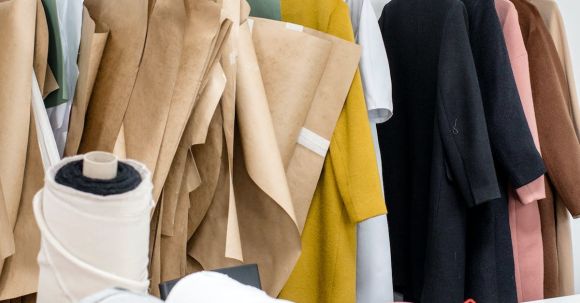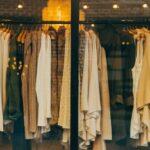Fashion is a multi-billion dollar industry that influences the way we dress, express ourselves, and perceive beauty. We often only see the final result of this creative process, but behind every glamorous runway show and trendy retail display lies a complex and intricate world of fashion production. From sourcing materials to manufacturing garments, this article will take you on a journey behind the seams of the fashion industry.
Sourcing Materials: The Foundation of Fashion
Every fashion collection begins with the sourcing of materials. Designers and fashion houses often search the globe for the highest quality fabrics, trims, and accessories to bring their creative visions to life. From luxurious silks to sustainable organic cotton, the choices made in material sourcing can greatly affect the overall aesthetic and feel of a collection. This stage requires meticulous research and often involves working closely with suppliers to ensure the desired materials are available in the necessary quantities.
Pattern Making: Transforming Ideas into Reality
Once the materials are sourced, the next step in fashion production is pattern making. This is where ideas are transformed into tangible garments. Pattern makers use specialized skills and tools to create the blueprint for each garment, taking into account factors such as fit, drape, and construction techniques. This stage requires precision and attention to detail, as any error in the pattern can result in ill-fitting garments.
Sample Production: Bringing Designs to Life
After the patterns are finalized, sample production begins. This is the stage where the initial designs are brought to life in the form of prototypes. Skilled sample makers and seamstresses carefully cut and sew each garment, ensuring that the design, fit, and construction techniques are executed to perfection. Samples are then presented to designers and clients for approval, and any necessary adjustments are made before proceeding to full-scale production.
Mass Production: From Studio to Store
Once the samples are approved, the fashion production process moves into mass production. This is where garments are manufactured in larger quantities to meet the demands of retailers and consumers. Mass production often takes place in factories, where specialized sewing machines and assembly lines are used to streamline the manufacturing process. Quality control measures are implemented at every stage to ensure that each garment meets the brand’s standards.
Packaging and Distribution: Ready for the World
After the garments are manufactured, they undergo packaging and distribution. This involves labeling, tagging, and packaging each item according to brand specifications. The packaged garments are then transported to distribution centers or directly to retailers, ready to be sold to consumers around the world. This stage requires efficient logistics and coordination to ensure that the right products reach the right destinations on time.
Conclusion: The Hidden World of Fashion Production Unveiled
Behind every fashionable outfit, there is a complex and intricate world of fashion production. From sourcing materials to manufacturing garments, each step in the process requires skill, attention to detail, and collaboration between designers, suppliers, and manufacturers. The fashion industry is not just about creativity and style; it is also a highly organized and efficient system that brings our favorite designs from the runway to our closets. So the next time you put on a stylish outfit, take a moment to appreciate the craftsmanship and effort that went into the production of that garment, and remember the intricate world behind the seams.





